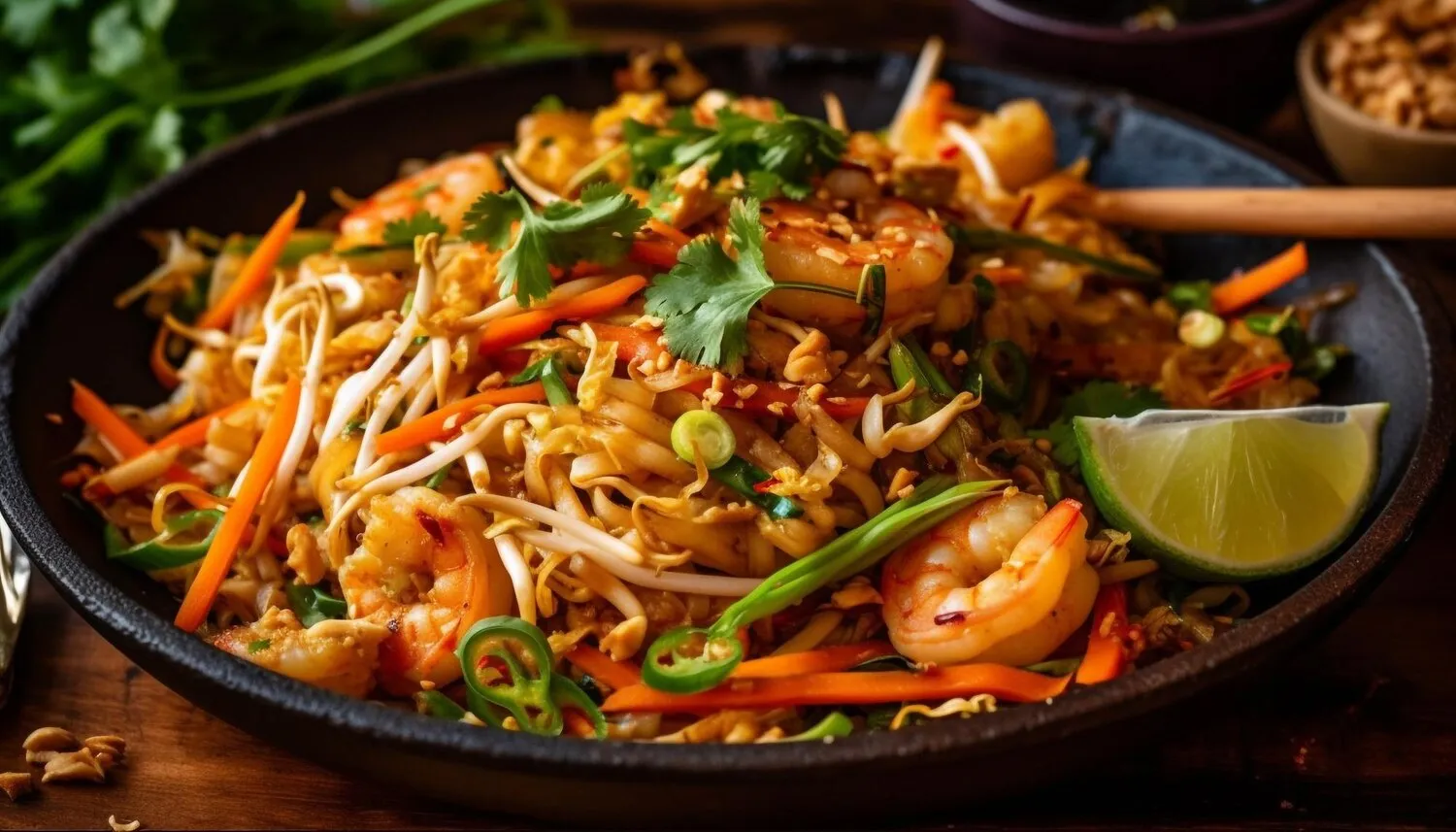
La Mian (Hand-Pulled Noodles)
Freshly hand-pulled noodles served in a flavorful broth. Many variations are available, including vegetarian options and different meat toppings.
Nutrition Facts
* The % Daily Value (DV) tells you how much a nutrient in a serving of food contributes to a daily diet. 2,000 calories a day is used for general nutrition advice.
La Mian's history stretches back centuries in China, evolving from simple wheat noodles into a diverse regional cuisine. The art of hand-pulling noodles, a cornerstone of La Mian, likely developed as a technique to maximize the use of limited ingredients and create satisfying meals. The dish reflects influences from various regional culinary traditions and cultural practices.
La Mian is more than just a meal; it's a testament to Chinese culinary artistry and a reflection of regional variations. It represents both everyday comfort food and a dish worthy of celebration, often enjoyed in family settings and at street food stalls alike.
Regional Variations
Different regions of China have their own distinct La Mian styles. For example, Lanzhou La Mian is famous for its clear beef broth and thinly sliced beef, while other regions might incorporate spicy chili oil or rich sesame paste.
Noodle Pulling as Art
The art of hand-pulling La Mian is a spectacle in itself, often performed by skilled chefs who transform a lump of dough into hundreds of strands with impressive speed and precision. This skill is often passed down through generations.
A Staple Food
La Mian is a popular and affordable meal throughout China, often enjoyed for lunch or dinner. It's a common sight to see long lines of people waiting for a bowl of freshly made La Mian at local restaurants and street vendors.
La Mian boasts a complex flavor profile, blending savory, umami-rich broth with the satisfying chewiness of hand-pulled noodles. Toppings and sauces add layers of flavor, ranging from spicy and tangy to rich and meaty.
The foundation of La Mian is the broth, which is often made with beef or chicken bones simmered for hours, infused with spices like star anise, ginger, and cinnamon. This creates a deep, savory base. The noodles themselves are made from wheat flour, water, and salt, and their texture is crucial. Toppings vary greatly depending on the region and individual preferences, and may include braised beef, sliced lamb, pickled vegetables, chili oil, scallions, cilantro, and a variety of sauces and seasonings. Vegetarian options often feature tofu, mushrooms, and vegetable-based broths.
Noodle Texture
The best La Mian noodles are springy and chewy, not mushy. This is achieved through the right ratio of ingredients and proper kneading and pulling techniques. Freshly made noodles are always superior to dried ones.
Broth Clarity and Flavor
A clear and flavorful broth is essential. Skim the broth regularly during simmering to remove impurities. Experiment with different spices to create your desired flavor profile.
Spice Level Customization
Don't be afraid to adjust the spice level to your liking. Many La Mian restaurants offer chili oil or other spicy condiments that you can add to your bowl. Start with a small amount and gradually increase until you reach your desired heat level.
Explore additional Noodles dishes and restaurants
Explore NoodlesDiscover top dining spots and culinary experiences in Köln.
Explore KölnLearn more about the food culture, restaurant scene, and culinary heritage of Germany.
Explore Germany